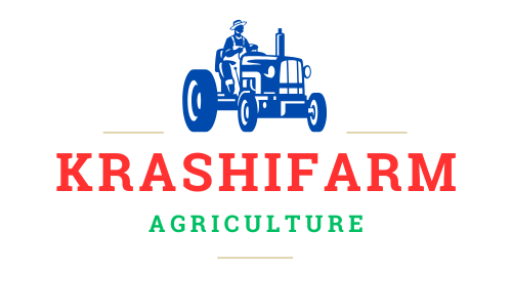Skip to content

1. Mechanization (1920s–1950s)
- Tractors replaced horses and manual labor.
- Combine harvesters increased efficiency in grain production.
- Irrigation systems expanded arable land.
2. Green Revolution (1940s–1970s)
- High-yield crop varieties (HYVs) like dwarf wheat and rice.
- Chemical fertilizers (nitrogen, phosphorus, potassium) increased productivity.
- Pesticides and herbicides controlled pests and weeds.
- Expansion of monoculture farming.
3. Genetic Modification & Biotechnology (1980s–present)
- Genetically Modified Organisms (GMOs) like Bt corn and Roundup Ready soybeans.
- CRISPR and gene-editing to enhance crop resistance.
- Cloning and artificial selection for improved livestock breeds.
4. Precision Agriculture (1990s–present)
- GPS-guided tractors and drones for field mapping.
- Sensor technology for real-time soil and crop monitoring.
- Automated irrigation systems and variable rate application of inputs.
5. Sustainable & Regenerative Agriculture (2000s–present)
- No-till and cover cropping to improve soil health.
- Organic farming and permaculture practices.
- Vertical farming and hydroponics for urban agriculture.
6. Artificial Intelligence & Robotics (2010s–present)
- Autonomous harvesters and AI-driven pest detection.
- Smart irrigation systems reducing water use.
- Blockchain technology for food traceability and supply chain management.

Scroll to Top



